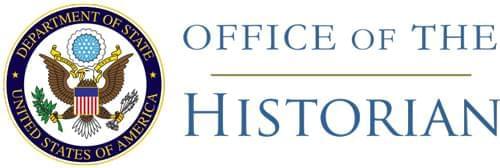113. Memorandum From Robert Lilac of the National Security Council Staff to the President’s Assistant for National Security Affairs (Clark)1
SUBJECT
- KAL Shootdown—Background Paper
In response to this morning’s discussion at our 7:30 a.m. staff meeting, we are presenting you some considerations for possible use when you talk to Secretary Shultz.
State has told us that the background paper (aka white paper) idea is the result of a conversation between Shultz and the President. We do not debate the genesis—there is debate on the staff concerning whether the paper should be produced and also the substance of the paper.
[Page 393]The paper (draft attached Tab B)2 tells the story as we know it. There is no way to tell the actual story unless the Soviets make a full accounting and the results of the ICAO investigation (if ever conducted) are known. Therefore, we run the risk of having the media, the Soviets, and every other detractor focus on taking apart our story. Every ambiguity confusion, or mistake by us or the Koreans is offered as mitigation for Soviet action (see the Pincus piece in Sunday’s Post).3 Our story accurately depicts facts, as we know them, which has never been done in one document; but such a document could reopen the discussion about [less than 1 line not declassified]. As of today, the media hype on the incident has slowed down on attacking the U.S. version. If we wish to keep attention on our understanding of the shootdown, then the paper should be printed. However, discussion of the mundane facts about U.S. radars, etc., tends to trivialize the cold-blooded horror of the Soviet act. We run the risk of diverting attention and having to again defend our actions before, during, and after the incident.
There is also the substance of the paper. A straightforward factual accounting is best. However, there is also a case for presenting the story as an incident typical of Soviet behavior. However, we could be accused of using the paper as a propaganda piece rather than as a straightforward presentation of the facts.
In sum, we do not yet have all the facts. More evidence will come if the “black box” is found (by us or the Soviets). We need the investigation to attempt to determine why the airliner strayed off course. If we produce the background paper this week it will be out of date quickly and could be used against us as more of the story is told—especially while the President is at the U.N.4
Recommendation
That you discuss the background paper with Secretary Shultz using the talking points at Tab A.5
- Source: Reagan Library, Robert Lilac Files, Arms Transfer, Subject File/1981–84, AT: [Korean Airlines KAL 007: Intelligence] (Binder); NLR–332–14–55–2–1. Secret. Sent for action. Lenczowski, Sommer, deGraffenreid, Raymond, and Robinson concurred. Lilac initialed for Lenczowski, and a note indicates that Raymond’s concurrence was verbal. Clark’s stamp appears on the memorandum, indicating he saw it.↩
- The draft paper, entitled “The Destruction of KAL 007: A Special Interim Report, [Draft 2: 9/18/83],” 69 pages in length, is attached but not printed.↩
- Walter Pincus, “The Soviets Had the Wrong Stuff,” Washington Post, September 18, 1983, p. C5.↩
- Reagan was scheduled to give the opening address to the UNGA on September 26. See footnote 6, Document 117.↩
- The talking points for Clark are attached but not printed. Clark did not initial approval or disapproval of the recommendation.↩
